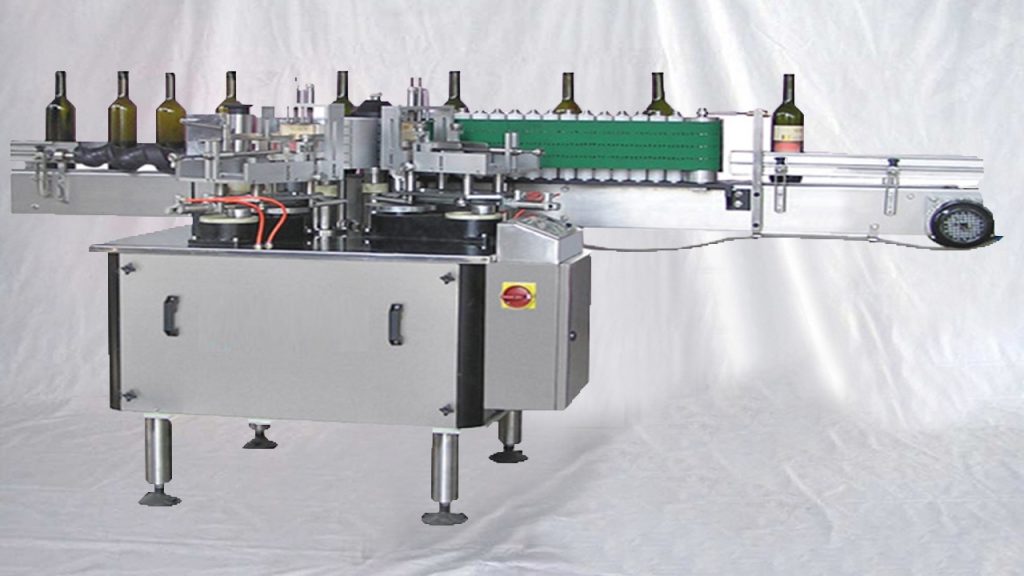The Auto cold drawing machine is a chain-type draw bench that can be used for metal tubes and bars. It has been designed with a range of industrial applications in mind that require re-sizing and precision with strict tolerance.
As with any deformation process, cold drawing causes work hardening. This can affect the mechanical properties of the alloy, such as the hardness and yield strength.
Wire or Tubing
Horenco offers a line of state-of-the-art swaging, cold drawing and straightening machines that will make the job of manufacturers and fabricators easier. These machines are designed to reshape the end of a tube or wire, making it easier to connect with other parts.
They also reduce the diameter of a piece of metal, making it stronger and more durable. They can even produce different shapes of bars, including flat, square and hexagonal.
Before using a machine to draw, it is important to strip the calamine from the rod. This step is necessary because the calamine interferes with the drawing process and can damage the rod. The calamine stripping machine removes this coating to make the drawing process smoother and more effective. It can also be used to clean the rod and prepare it for further work.
Size or Shape
Horenco’s auto cold drawing machine is the perfect tool for businesses that need to draw metal wire or tubing into a specific size. It’s fast and efficient, saving manufacturers time and money. It also improves the quality of the final product.
The cold drawing process involves pulling the rod or wire through a series of dies with smaller diameters. The cross-sectional area of the rod or wire reduces as it passes through each die, while the length increases (elongation). Some metal fine generation also occurs during the drawing process.
It is important to know the dependences of tensile and yield strength on cold working in order to accurately calculate the energy-power parameters for each alloy and drawing route. This information is necessary for designing the optimal production line.
Materials
A quality drawing machine is constructed from special materials to ensure strength without sacrifice of efficiency. Cast or forged steel blocks are often heat-treated to harden the outer block surface and reduce wear. The machinery builder selects materials, hardening methods, and capstan designs based on the wire products to be drawn.
AC motors are frequently used to provide a high degree of flexibility in the drawing process. Each capstan is driven by its own separate motor to minimize slippage and produce a smoother wire surface. These same motors can also be used to control the speed of the drawing dies.
Horenco’s new line of swaging machines, cold drawing machines and straightening machines offers businesses a powerful tool that can improve their production processes. To learn more about these machines, visit Horenco’s website.
Speed
Drawing is a high-speed process that requires a lot of energy. This can be a problem for smaller machines that can’t keep up with the speed of the material being drawn. This can lead to problems with both the accuracy of the final product and the efficiency of the machine itself.
Modern drawing machines are built to help minimize the speed difference between block reductions. They use a variety of methods to help achieve this goal. Some machines have non-slip designs that allow the capstan speeds to be matched with the speed of the wire as it leaves the die.
HOREN’s Cold Draw bench is ideal for a wide range of metal tubes and bars that need to be reduced in diameter or thickness. This includes hexagonal carbon steel rods for screws and nuts, as well as linear guideways made from symmetrical alloys.
Chatter
Whether you’re using a cold drawing machine or other metal plastic deformation equipment, chatter can significantly reduce production efficiency and cost. While twisting the RPM knob, increasing rigidity and other tricks can help a bit, the best way to prevent chatter is to detect it early and intervene as soon as possible.
This requires a good understanding of chatter’s resonant phenomenon and its dependence on factors such as the die half-angle, friction coefficient, and drawing speed. Mathematical modeling can be used, but the accuracy of these models depends on the accuracy of the technological parameters entered into them.
Chatter detection algorithms use the same technology as a tuning fork to detect frequencies above 150 kHz and identify instability in a chatter spectrogram. They then use a carefully defined threshold to trigger the machine to slow down.


